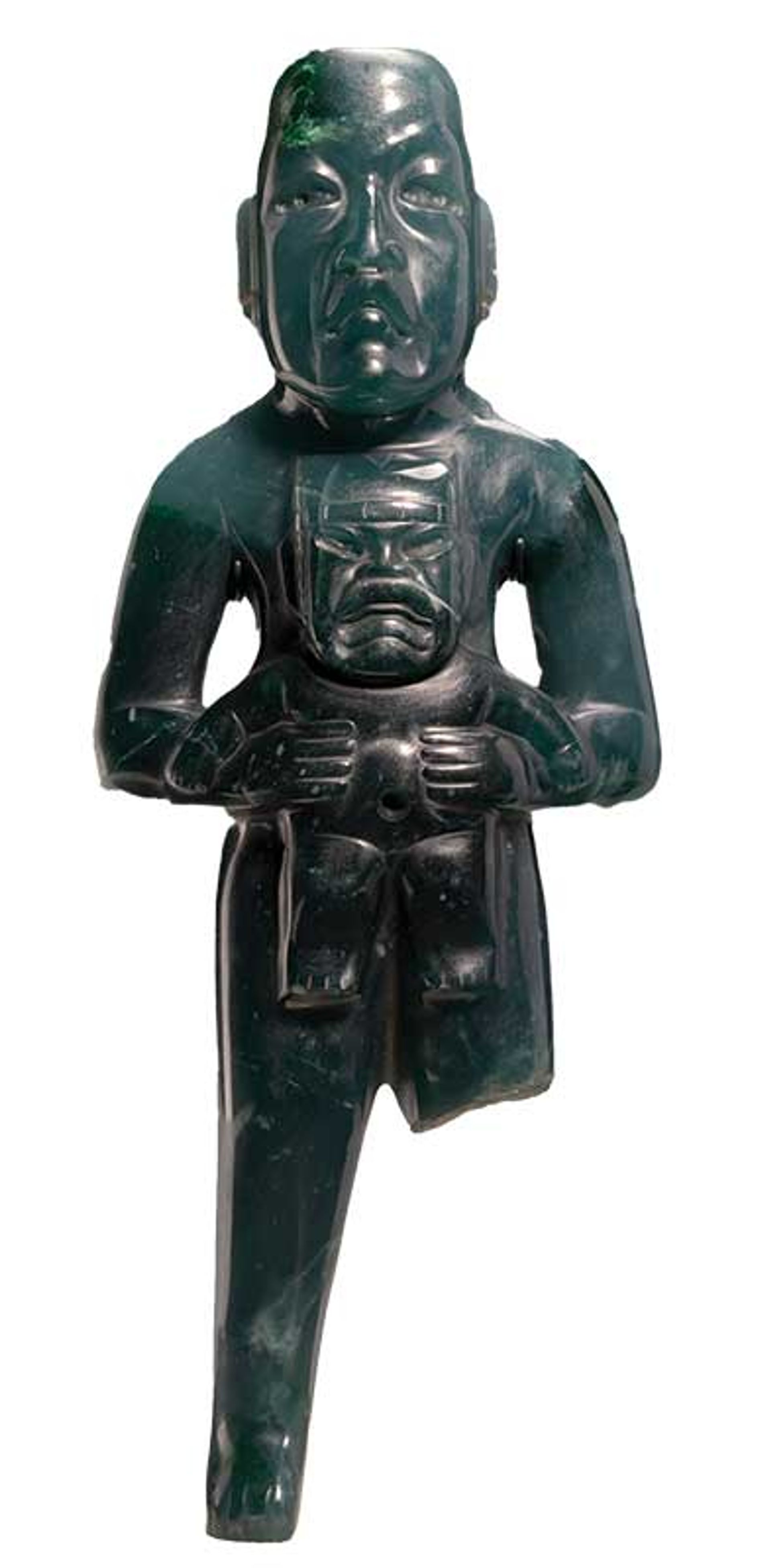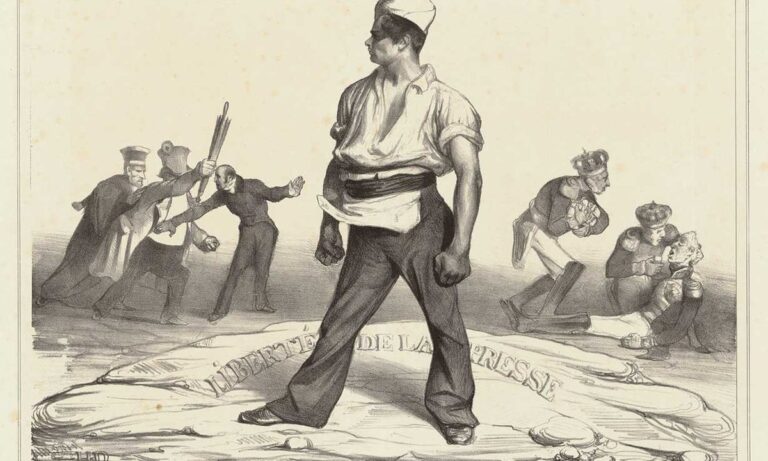Daumier Legacy by Hans-Jürgen Hellwig
Städel Museum, Frankfurt
The Städel Museum’s new show of 120 graphic works by Honoré Daumier (1808-79), which runs until May 12, is drawn entirely from the collection of Frankfurt arts patron Hans-Jürgen Hellwig. Comprising 4,200 lithographs and woodcuts, 19 drawings, two paintings and 36 bronze sculptures, the entire collection will be donated to the association of friends of the museum to celebrate its 125th anniversary. Hellwig’s legacy is also a gesture of gratitude to Margret Stuffmann, former head of prints and drawings at the Städel and an expert on 19th-century French art. “For a long time, I saw Honoré Daumier only as a cartoonist of political events,” says Hellwig. “She was the one who opened my eyes to the artist Daumier.”

Photo: Justin Kerr. Justin Kerr Maya Archive, Dumbarton Oaks, Harvard University Trustees, Washington, DC
Standing figure holding a baby Were-Jaguar (around 900 BC-300 BC)
Kimbell Art Museum, Fort Worth
Despite its diminutive height of 21 cm, this Olmec jade-carved statue became the Kimbell Art Museum’s “most important work of ancient American art” when it joined the collection late last year. It is the only jade example among the 11 known Olmec sculptures of a human holding a jaguar child, effigies believed to have sacred significance. The baby’s diadem denotes his supernatural association with the Olmec deity of rain and corn, while the standing figure may have broken his leg as part of a ritual. The sculpture previously belonged to the well-known Guennol collection of Alastair and Edith Martin and was purchased by the Kimbells from the Robin B. Martin Trust, established by their son.

Courtesy Museum of Romanticism
The Mercy (1772-74) by Francisco de Goya
Museum of Romanticism, Madrid
The Spanish Ministry of Culture announced the purchase for 1.5 million euros of the first Goya for the Museo do Romanticismo in Madrid in December, a year after Abalarte Subastas put the painting up for auction for 3 million euros, but it did not find a buyer . La Piedad was previously believed to be the work of court painter Francisco Bayeu, Goya’s mentor and later brother-in-law, and was only reattributed to Goya in 2011. The Spanish state placed the work under an export ban in 2014 due to its rarity. as one of Goya’s few religious compositions. It dates from 1772-74, a few years after the young artist’s formative stay in Italy, where he studied works by Michelangelo and Annibale Carracci before returning to Zaragoza in Spain.

